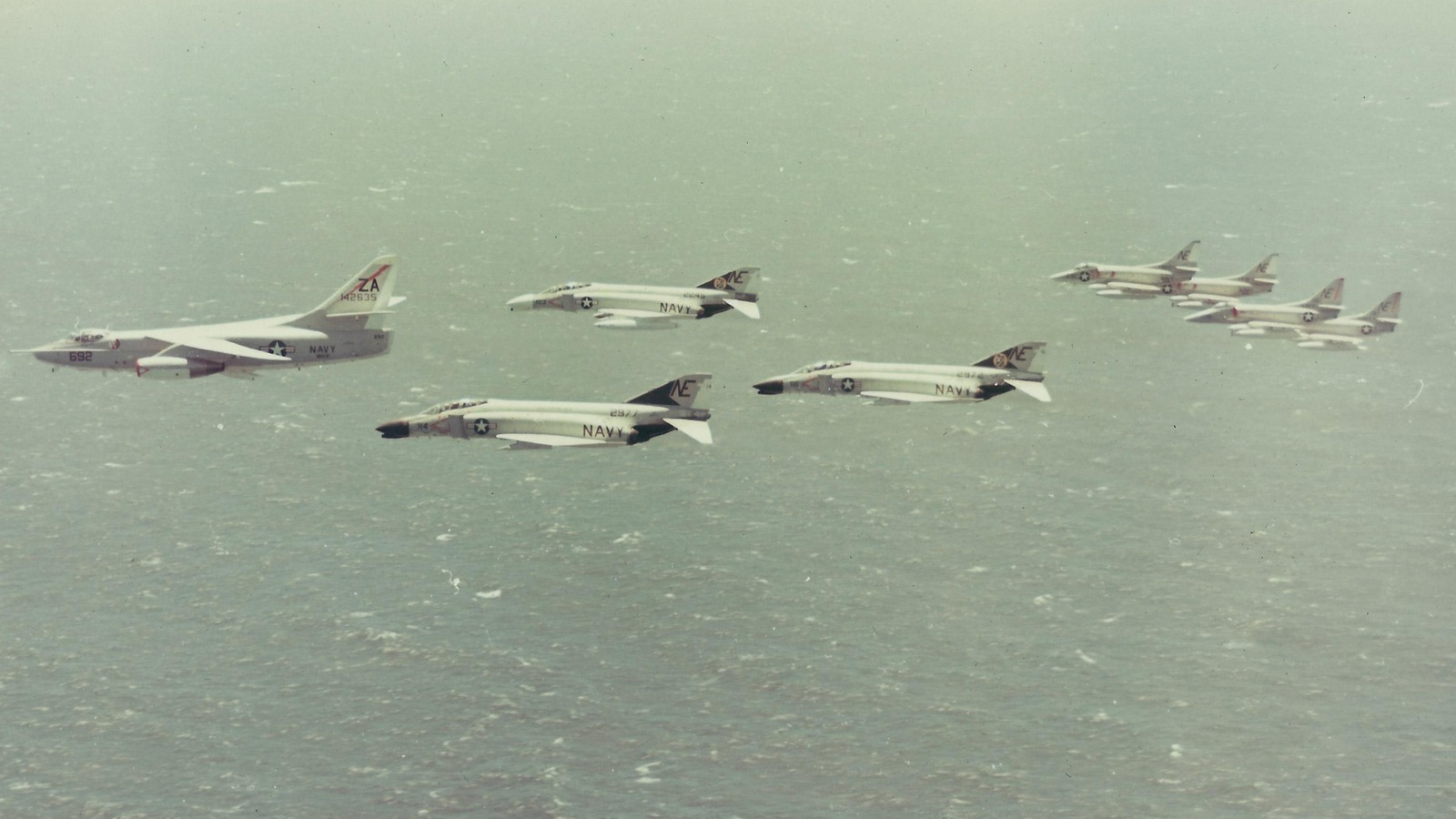
North Vietnamese air combat in the late 1960s was a constant war of wits, with veteran foes for U.S. airmen to face behind the controls of Soviet-built MiG-21s. The American Air Force was facing an exasperating dilemma—strict engagement rules and equipment limitations too frequently kept their top assets, the F-4C Phantom IIs, from enticing the MiGs into a battle.

The MiG pilots preferred to attack F-105 Thunderchiefs loaded with bombs, slower, heavier, and considerably more exposed. The challenge to America was clear: figure out how to turn the tables and get the enemy to fight on American terms.

Come in, Col. Robin Olds. A tough,combat-proven, highly decorated veteran with a keen tactical sense of mind and a willingness to push the envelope, Olds took command of the 8th Tactical Fighter Wing at Ubon Air Base, Thailand.

He teamed up with Col. Daniel “Chappie” James Jr., a trailblazing Tuskegee Airman and operations master planner. The two hatched a plan that would turn out to be one of the most ingenious air stunts of the conflict.

Their strategy was theoretically straightforward but courageously implemented—make the F-4Cs look, fly, and even “sound” like F-105s to entice the MiGs into the trap. This included duplicating everything from flight profiles to radio communications.

The Phantoms were even fitted with QRC-160 electronic jamming pods, normally carried by the Thunderchiefs, to fool enemy radar. It was an air deception so precise that ground controllers on the opposing side thought they were seeing some other routine strike mission coming their way.

On January 2, 1967, the mission began. Seven F-4Cs flew in from the west, and the others from Da Nang maintained the routes of escape to block the MiGs’ return. Weather caused the MiGs to hesitate briefly, but having scrambled, Olds gave the order: “Ok, Wolfpack—go get ’em!” The Phantoms broke formation and started the attack, using their superior speed, agility, and missile fire to lethal effect.

Within just 12 minutes, seven MiG-21s—half of the opposing air force’s combat fleet—were destroyed without loss to an American crew. The effect was so extensive that the enemy air force grounded its aircraft for months of retraining. A second flight, a few days late, destroyed two additional MiGs, cementing the operation’s legacy.

Operation Bolo was not simply a successful ambush—it was proof of the way creative thinking and intelligent use of technology could completely reverse the outcome of a battle. Olds and James had used the enemy’s assumptions against them, and it had proven that deception was as lethal as firepower.

The triumph also gave a lasting morale boost and even gave rise to the Air Force “Mustache March” tradition in Olds’ honor.

Operation Bolo’s legacy still echoes in today’s military aviation. It is a masterclass in how to combine tactics, timing, and psychological intelligence to achieve utter surprise. For those who carried it out, as well as those who continue to learn from it, it is the ultimate demonstration of how to add discipline to boldness in the harsh environment of air-to-air combat.
